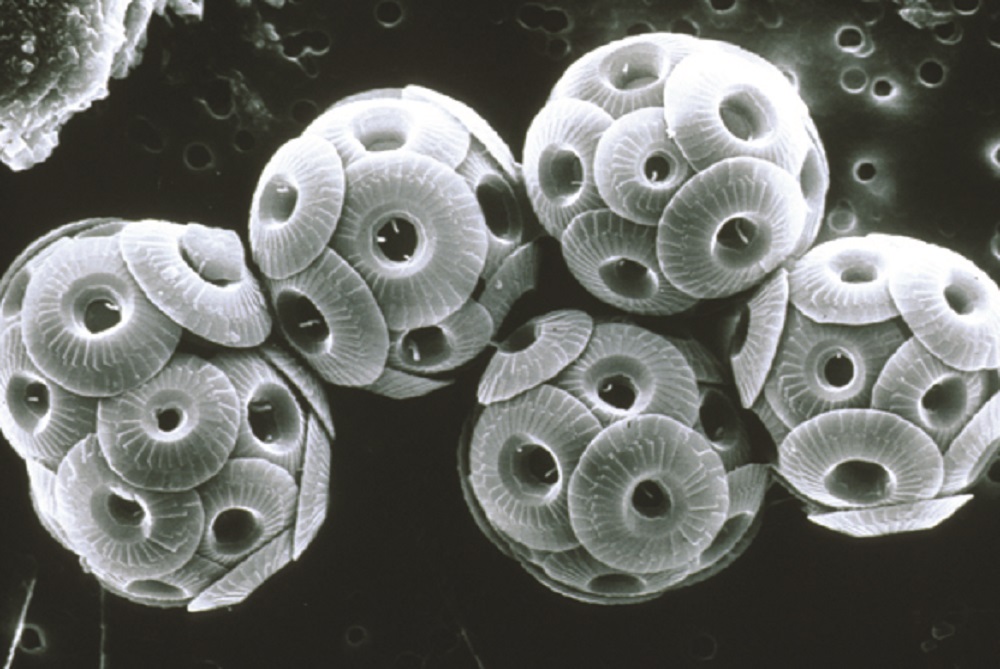Seasonality of biological and physical controls on surface ocean CO2 from hourly observations at the Southern Ocean Time Series site south of Australia
Global Biogeochemical Cycles (Volume 29, Issue 2)

Shadwick, E. H., Trull, T. W., Tilbrook, B., Sutton, A. J., Schulz, E. and Sabine, C. L. (2015), Seasonality of biological and physical controls on surface ocean CO2 from hourly observations at the Southern Ocean Time Series site south of Australia, Global Biogeochemical Cycles, 29, 223–238, doi: 10.1002/2014GB004906.
The Subantarctic Zone (SAZ), which covers the northern half of the Southern Ocean between the Subtropical and Subantarctic Fronts, is important for air-sea CO2 exchange, ventilation of the lower thermocline, and nutrient supply for global ocean productivity. Here we present the first high-resolution autonomous observations of mixed layer CO2 partial pressure (pCO2) and hydrographic properties covering a full annual cycle in the SAZ. The amplitude of the seasonal cycle in pCO2 (∼60 μatm), from near-atmospheric equilibrium in late winter to ∼330 μatm in midsummer, results from opposing physical and biological drivers. Decomposing these contributions demonstrates that the biological control on pCO2 (up to 100 μatm), is 4 times larger than the thermal component and driven by annual net community production of 2.45 ± 1.47 mol C m−2 yr−1. After the summer biological pCO2 depletion, the return to near-atmospheric equilibrium proceeds slowly, driven in part by autumn entrainment into a deepening mixed layer and achieving full equilibration in late winter and early spring as respiration and advection complete the annual cycle. The shutdown of winter convection and associated mixed layer shoaling proceeds intermittently, appearing to frustrate the initiation of production. Horizontal processes, identified from salinity anomalies, are associated with biological pCO2 signatures but with differing impacts in winter (when they reflect far-field variations in dissolved inorganic carbon and/or biomass) and summer (when they suggest promotion of local production by the relief of silicic acid or iron limitation). These results provide clarity on SAZ seasonal carbon cycling and demonstrate that the magnitude of the seasonal pCO2 cycle is twice as large as that in the subarctic high-nutrient, low-chlorophyll waters, which can inform the selection of optimal global models in this region.






















